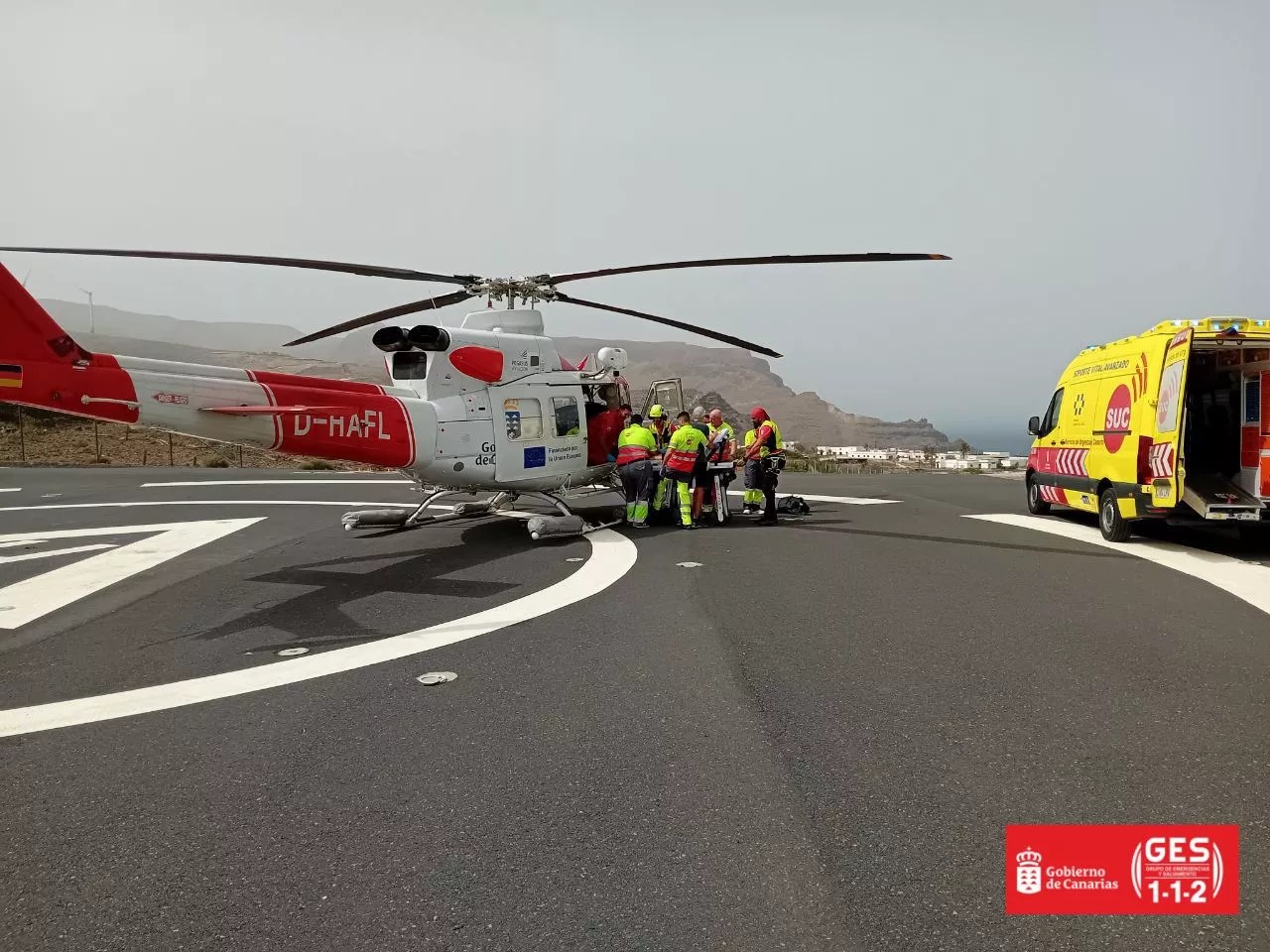As of January 1, 2023, all Spanish municipalities with more than 50,000 inhabitantsisland territories and those with a population of more than 20,000 people and exceeding the limit values of regulated pollutants will have to apply a zone of low emissions (LEZ) in their territories.
The Canary Islands is the most affected community as it has a higher percentage of cars without an environmental label. In this sense, Santa Cruz of Tenerife, Arrecife, La Laguna and Arona have more than 40% of vehicles without environmental labels. The dealers ask for active listening in the plans so as not to leave anyone behind.
For his part, The Gran Canarian palms Yes, he has presented a plan, but he needs to get it out to the public. They will do it with Sagulpa cameras and pollution sensors. The project will begin by converting the alcaravaneras area into a Low Emission Zone.
At the moment, there is still time to learn more about the plans to find out what percentage of cars will be able to enter or not in certain areas of the cities of the Canary Islands.
Climate change
The measure against climate change, which has entered into force at the beginning of 2023, would affect some 25 million people, that is, around 53% of the national population, according to the calculations of different organizations. However, a good part of the city councils have not yet drafted the local regulation that will specify its operation and details, so a drastic change is not expected in most cities.
In accordance with the Royal Decree approved in the Minister councilthe low emission zone must restrict the access of certain vehicles to these zones, promote public transport and electric vehicle charging points, among other issues.
Estimates from different organizations in the automotive sector indicate that the implementation of these measures will affect almost four million vehicles without an environmental label out of the around 11.5 million cars that circulate in Spanish cities that are required to have an LEZ in 2023.
What is a Low Emission Zone?
In the last Minister council held this year, the Royal Decree regulating low emission zones was approved and it establishes the homogeneous minimum requirements that the affected municipalities will have to comply with.
Thus, they must establish continuous or temporary measures such as restrictions on access, circulation and parking of vehicles to improve air quality and mitigate greenhouse gas emissions, in accordance with the classification of vehicles by their established level of emissions. in it General Vehicle Regulations valid.
In addition, municipalities will have to define quantifiable emission reduction targets for 2030 that are consistent with the National Integrated Energy and Climate Plan to reduce the use of private motor vehicles compared to other modes of transport.
In the event that the pollution limits are met, the regulation allows exceptional access for polluting vehicles for justified reasons, for example, providing basic public services such as emergencies, garbage…
Pending specific local regulation
last week the National Business Association of Rental Vehicles (Aneval) He warned that only around 20 of the obligated municipalities (around 13%) have “started the presentation of their measures”, for which reason they have urged the consistories to publish the regulations as soon as possible.
Aneval also urged the General Directorate of Traffic (DGT) so that the platform on which it is working is launched “as soon as possible” and that it must openly collect all the municipal ordinances of the low emission zones. This platform should make it easier, for example, for services used as GPS by drivers to warn of current restrictions.
















